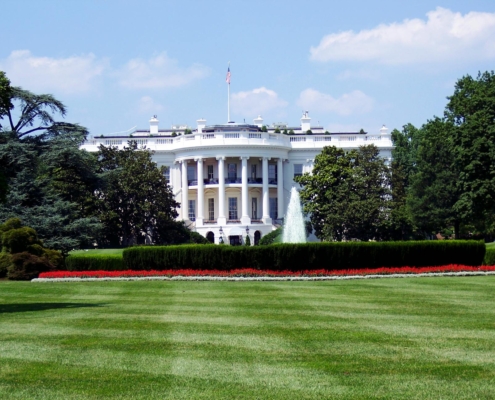Whether it’s company security or a commodity, markets experience peaks and valleys during maturation. These moments provide investors and organizations alike with opportunities to offload assets for much-needed cash, or conversely, to acquire more when opportunities arise. The decision-making process typically involves speculation, gut feeling, and most importantly assessing the asset’s market value.
As we have highlighted before, several factors contribute to an asset’s value & desirability in any market. Scarcity, conviction, practical application, and demand are critical in the decision-making process. In the case of IPv4 address space, this asset class possesses all these qualities, particularly its real world application, which continues to drive the global economy.
Over the previous 6 months, transfer requests have shown strong signs of market stability, increased demand for IPv4 and growth compared to previous years. This trend led to increased sales of small to mid-market IPv4 subnets ranging from /24s – /19s. In contrast, larger asset classes such as /18s – /16s have seen less demand and overall movement compared to previous years.
As of this month, there has been a significant dip in IPv4 transfer requests. In June of 2024, requests dropped to 113, which is a -20% decrease from 142 in the previous month. The average for this year has dropped to approximately 146 transfer requests per month, making June fall short by about –22%. What does this mean for someone like you, who monitors the market, has budget restraints and knows that you will need more IPv4 addresses in the next 12 to 18 months?
This month, the NTIA finally approved the first 2 states Colorado and New Hampshire to release over $1 Billon of BEAD funding to qualifying companies. This is the first step in the U.S. Governments plan to distribute $42 Billion or organizations for rural network development. It has also been publicly announced that Cogent is going to offer $206 Million in secured notes backed by their IPv4 addresses. Both events significantly bolster confidence in the IPv4 address market, injecting billions of dollars of free cash flow, some of which will undoubtedly be used for IPv4 address purchases
Based on the data, this recent dip in transfer requests represents a substantial opportunity and a buying signal. Now might be an ideal time to consider reallocating budgets from 2025 and Q4 2024 to acquire IPv4 addresses that may be needed in the near future. Otherwise, you risk facing price increases of 20% to 40%, and more importantly shortages that could hinder critical network infrastructure development.
Other Popular Blog Posts
Discover more from Brander Group
Subscribe to get the latest posts sent to your email.


 2024
2024